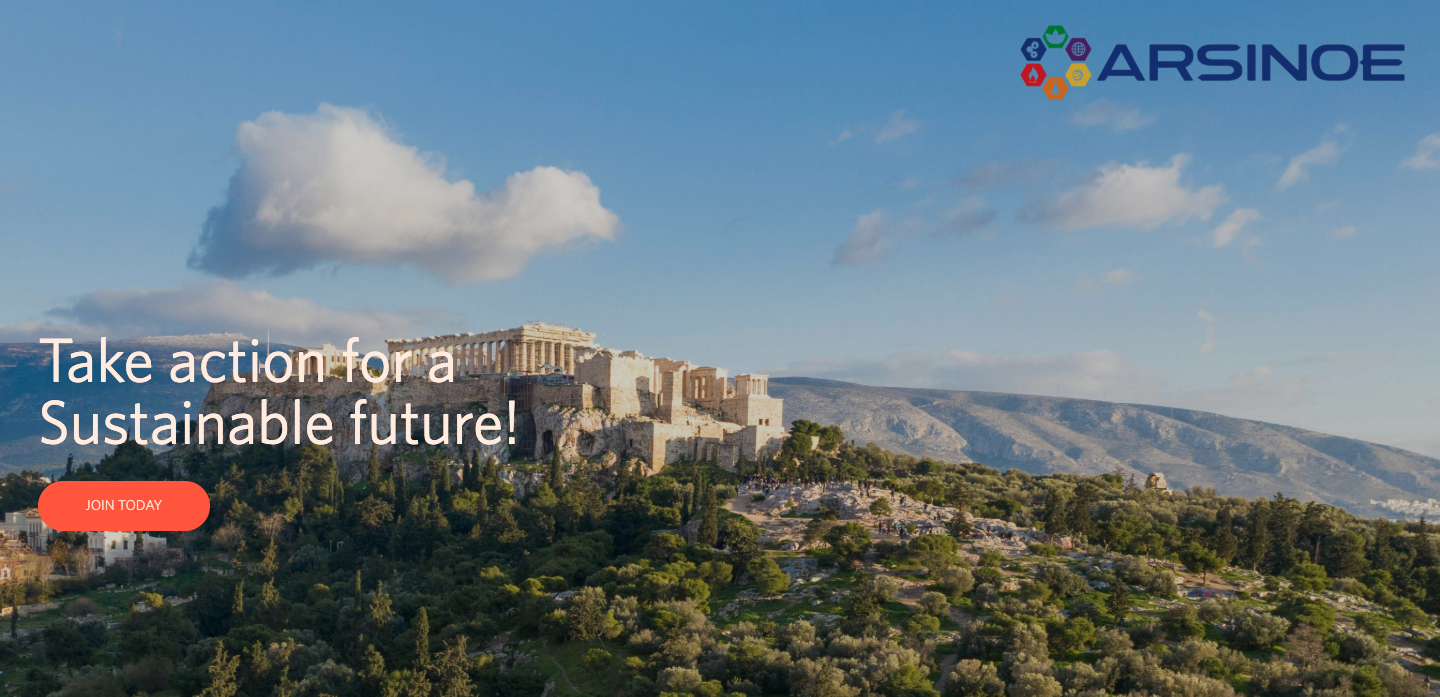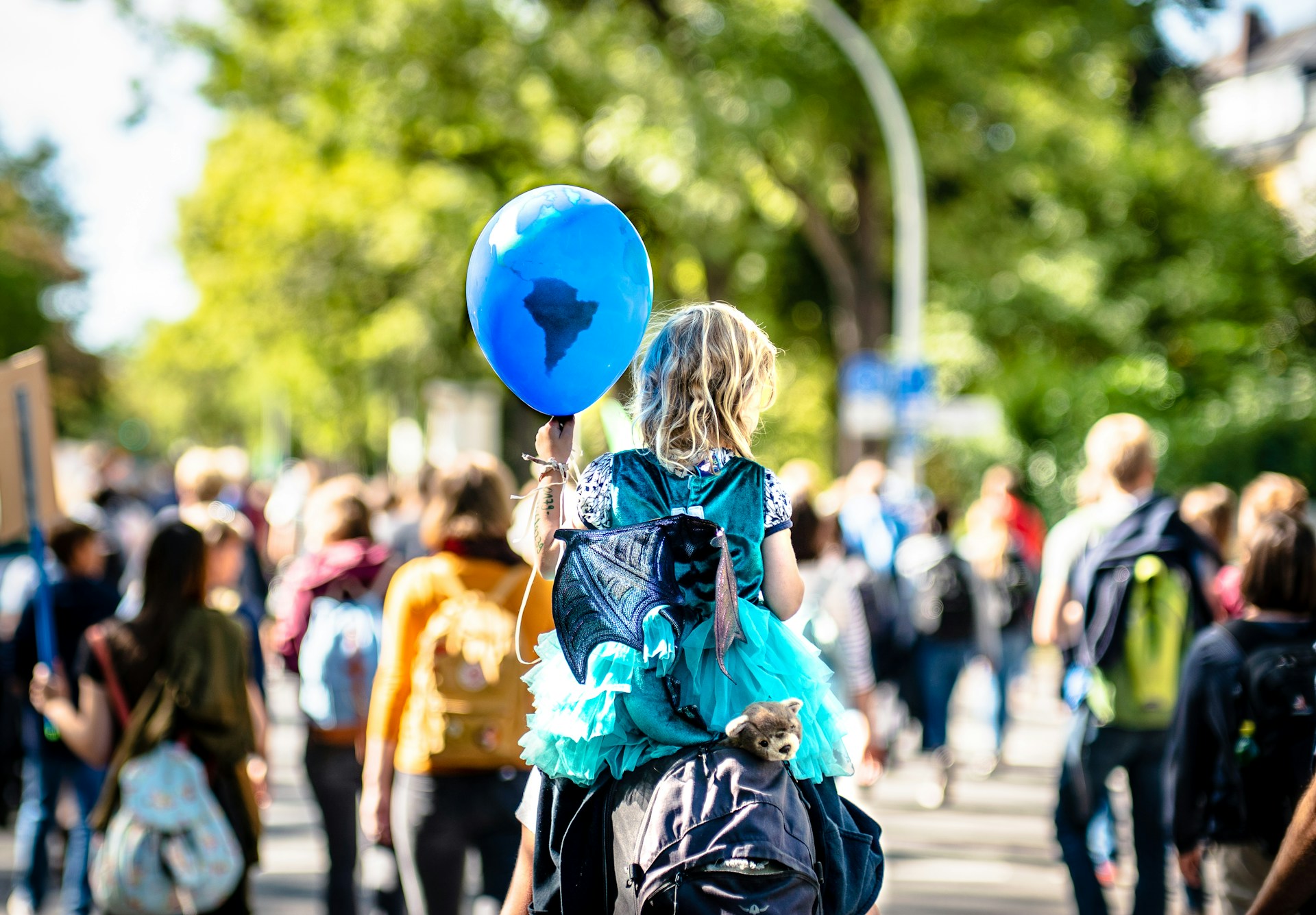MINKA

MINKA is a citizen science platform that empowers individuals and communities to collect and share georeferenced environmental and biodiversity data, contributing to the monitoring of the United Nations Sustainable Development Goals (SDGs). It facilitates participatory environmental monitoring, enabling users to document observations, engage in collaborative validation, and support research and policy-making efforts.
Problem Addressed:
Many communities, especially in underrepresented regions, lack access to tools and platforms for documenting environmental changes and biodiversity. This gap hinders effective participation in environmental decision-making and the achievement of SDG targets. MINKA addresses this by providing an accessible platform for citizen-generated data collection and sharing.
SDGs: 13 (Climate Action), 14 (Life Below Water), 15 (Life on Land)
Relevance for Climate Action:
By enabling communities to monitor and report on environmental indicators, MINKA supports climate adaptation and mitigation efforts. The data collected contributes to understanding local impacts of climate change, informing conservation strategies, and fostering community engagement in environmental stewardship.
Real-World Pilots:
One notable implementation is the BioMARató, a citizen science initiative in Catalonia, Spain, where participants document marine biodiversity through photography and data sharing on MINKA. In the 2022 edition, over 200 participants contributed more than 25,000 marine species observations, leading to the identification of new species records on the Catalan coast.
How It Works:
Participants register on the MINKA platform.
They collect environmental data, such as photographs of species or measurements of environmental parameters.
Observations are georeferenced and uploaded to the platform.
The community and experts collaboratively validate the data.
Validated data contribute to research and policy-making, supporting SDG monitoring.
Furthermore is possible to create projects to automatically include all of the observations that fit the places, taxa, users, quality, and dates that users define.
Coordinated by: EMBIMOS research group at the Institute of Marine Sciences (ICM-CSIC)
Website: https://minka-sdg.org/home
Other Related Projects:
iNaturalist: A global platform where users can record and share biodiversity observations. It combines citizen science, social networking, and data collection to help users learn about nature and contribute to biodiversity science. Data collected is used for research and conservation efforts.
eBird: Managed by the Cornell Lab of Ornithology, eBird is a real-time, online checklist program that collects bird observations globally. It provides data for science, conservation, and education.
Geo-Wiki: An online platform that uses crowdsourcing to validate and improve global land cover maps. Volunteers analyse satellite imagery to provide data on land use, deforestation, and more.



0 comments
Log in with your account or sign up to add your comment.